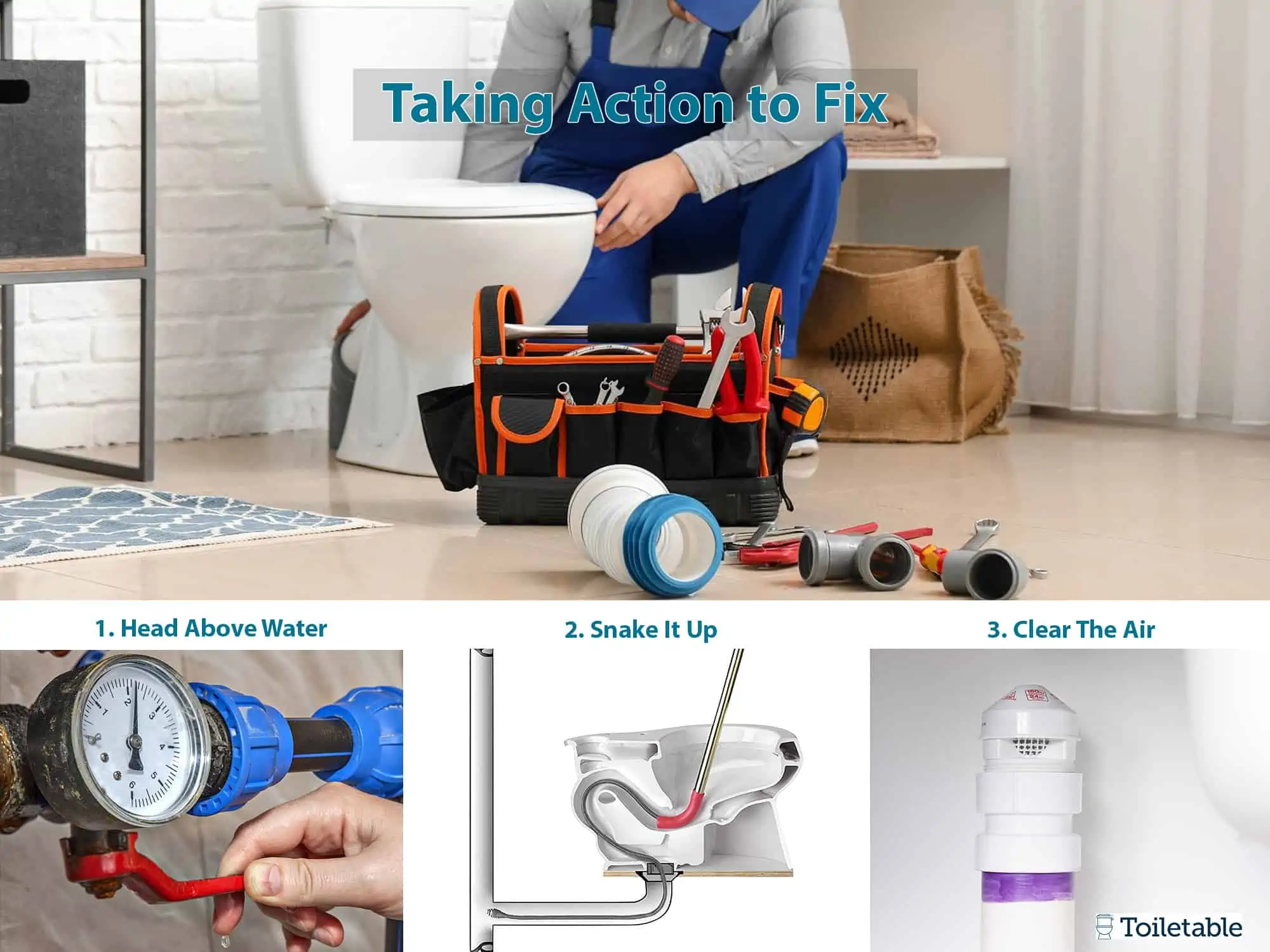Ladies and gentlemen, hold on to your loofahs and plungers, because we’re about to dive into the murky world of bathroom plumbing. Let’s talk about the two most important fixtures in your bathroom: the throne and the shower.
It’s a well-known fact that a shower and a toilet should always keep their distance. I mean, they’re like the Ross and Rachel of bathroom appliances – better off apart. Because if something goes wrong with the connection between them, you’re going to have a stinky situation on your hands.
Normally, when you flush the toilet, the waste gets transported from your porcelain palace to the sewer main, and that’s the end of it. But if something goes awry with the main line, things can get real messy. Imagine stepping into your shower, ready to lather up and get squeaky clean, only to find out that the water coming out of the showerhead is…brown. Yikes! That’s enough to make you want to move to a different zip code.
Causes of Toilet Backup
If you’re experiencing a backup in your shower or toilet, the main sewer line is likely to blame. Clogs, no matter how small, can cause backups in all the connected sewer lines. So what’s causing the clog?
Here are five common culprits:
Tree Roots
Trees need water, and during dry spells, their roots can reach out and invade your sewer line. Even a tree in your neighbor’s yard could be responsible for the clog if there’s a weakness or leak in your pipes. Over time, the roots can break through the pipes and create a blockage.
Hair
We all lose hair in the shower, but did you know that it can cause clogs? After enough hair builds up, it creates a net that catches other debris and slows down the drainage.
Flushed Objects
People flush all kinds of things down the toilet, but only water, biodegradable toilet paper, and waste should go down there. Flushed objects like paper towels, toys, and feminine hygiene products can easily create a blockage. And those so-called “flushable” wipes? Not so flushable after all.
Pipe Scale
Water naturally contains minerals like magnesium and calcium, which can build up over time and create a blockage in your pipes. This scale can form on any surface that meets water, so don’t be surprised if your pipes are affected.
Grease
Oils, fats, and grease are nasty when they enter your drainage system. They often come from dirty dishes and can build up in your pipes over time, leading to backups in all your drains.
Fixing the Backup
Now that you know what’s causing the backup, its time to take action. We don’t recommend harsh chemicals, as they rarely solve the issue.

Instead, try some of these methods:
Head Above Water
If the clog is causing flooding, you’ll want to shut off the main water supply. The shutoff is likely located in your garage, basement, or near the water heater.
Snake It Up
A drain snake is a handy tool for breaking down stubborn clogs. To use it, carefully lower it into the toilet and start spinning it clockwise until you reach the clog. Then, spin the snake counterclockwise and pull it out. You can also use the snake on your shower drain after removing the cover.
Clear The Air
If the vent pipe is blocked, your toilet and shower can back up. Check for obstructions with a flashlight and remove any clogs you find. If the blockage is too far down the pipe, use a garden hose or drain snake to clear it out.
Bottom Line
When your toilet is backing up into the shower, its time to take action. Use our expert tips to figure out what’s causing the backup and how to fix it. If you’re not comfortable tackling the problem yourself, call a professional plumber. But remember, we’re here to help, and with a little bit of humor and a lot of expertise, we’ll get you back to flushing and showering in no time!


